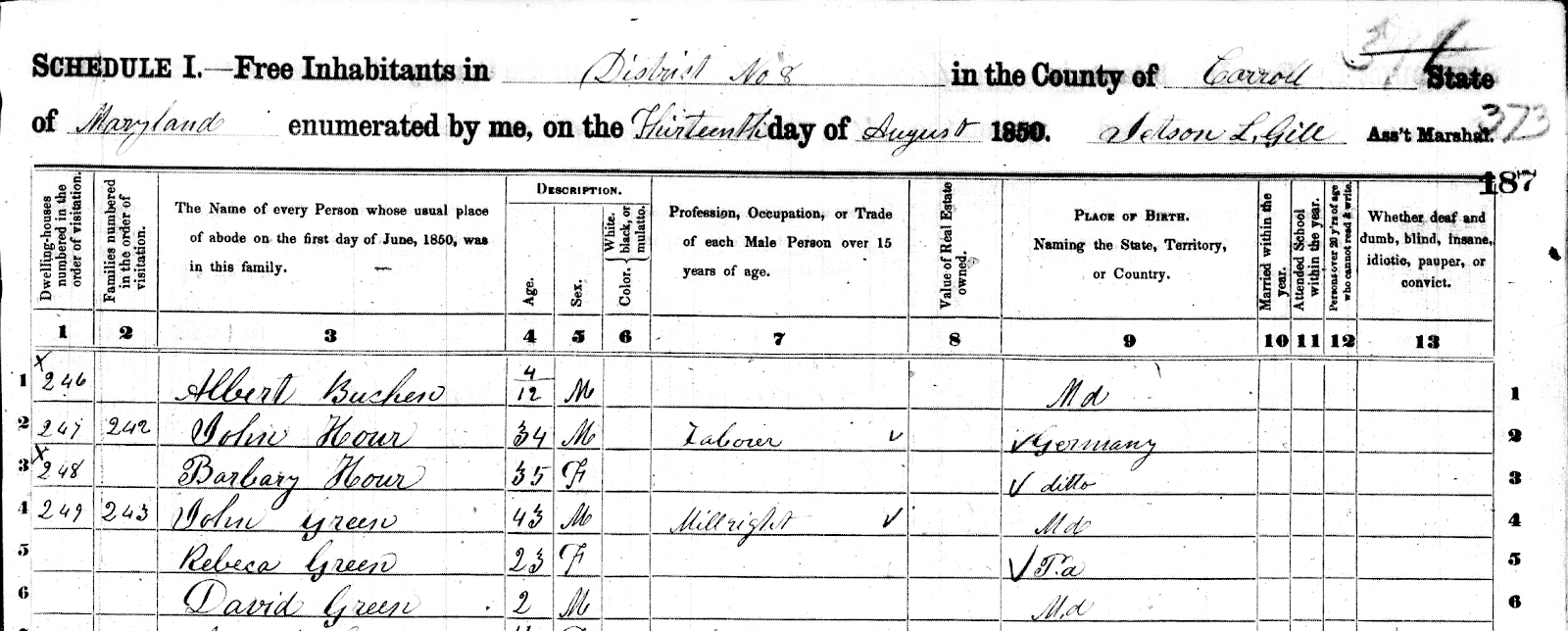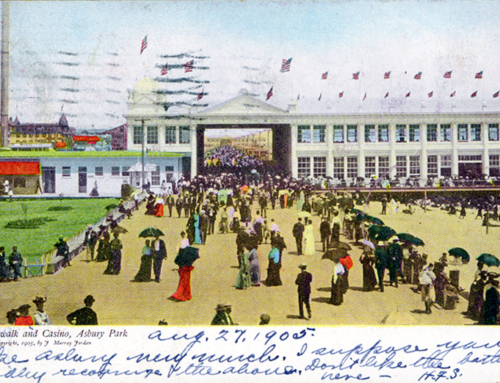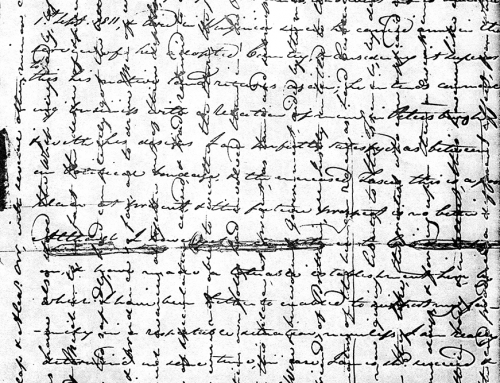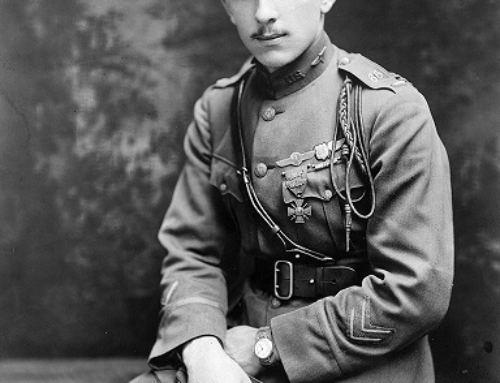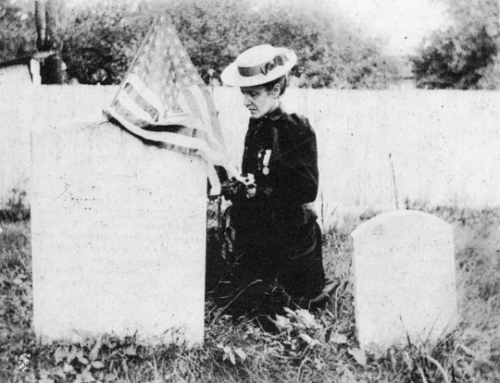By Bill Palm, HSCC Library Committee Chair
With the approach of the 2020 U.S. Census, the twenty-fourth such enterprise, recurring every 10 years,
we find ourselves contemplating whatever value it may have for genealogy and local history. Our
founding fathers would be rather surprised to see the extent to which the device intended to allocate
representation (and taxation) under the new constitution has proven to be a resource for local history as
well as genealogy.
From the outset, the decennial census has been based on an enumeration of households, listing the head of
the “family” and, in the earliest versions, tabulating free white males and females by age categories.
There was then a tabulation of “other free persons” and, importantly, a tabulation of the number of slaves.
In 1850 and 1860, slaves were tabulated on a separate schedule by owner’s name, but still not likely to be
named individually. The political significance of the slave tabulation, of course, tied to the value of a
slave as 3/5 person for determining allocation of congressional representation. But in perusing old Carroll
County census records, we must also acknowledge, as disconcerting as it may be, that Maryland was a
slave holding state, and that it was not uncommon for a household to own one or two servants.
Through time, the census form has continued to evolve, requesting varied and sometimes unexpected
information. For example, when Samuel T. Brainerd prepared an article on “Radio in 1930 Carroll
County” for the Carroll History Journal, he was able to base some research on the inclusion of who
owned a radio in the 1930 census. Many will remember the census long form that collected a
comprehensive list of possessions and housing conditions (including, automobiles, washing machines,
and indoor plumbing).
In pursuing genealogy, we need to remember that individual information is protected by law for 72 years.
The most recent accessible information regarding individual ancestors can be found in the 1940 census.
But that brings me to a personal story that speaks to our ability to find meaning in an older story. My
great-grandfather is listed, in 1910, as head of a family including his wife and his daughter, but also
including a young boarder. In 1920, we find that the family still includes my great-grandfather and his
wife, but also includes his daughter as wife to the former boarder and their daughter (my mother). In
1930, we find that my grandfather is now living in a household that includes his son-in-law as head of the
family. And by 1940, we find that only the two men remain as widowers, with the daughter now residing
elsewhere.
Pictured Above: A sample from the 1850 Census for Free Inhabitants in District No. 8, Carroll County. Information includes name; age; sex; color; occupation; place of birth; married within the year; attended school within the year; cannot read or write; whether person is “deaf and dumb, blind, insane, idiotic, pauper, or convict.”

